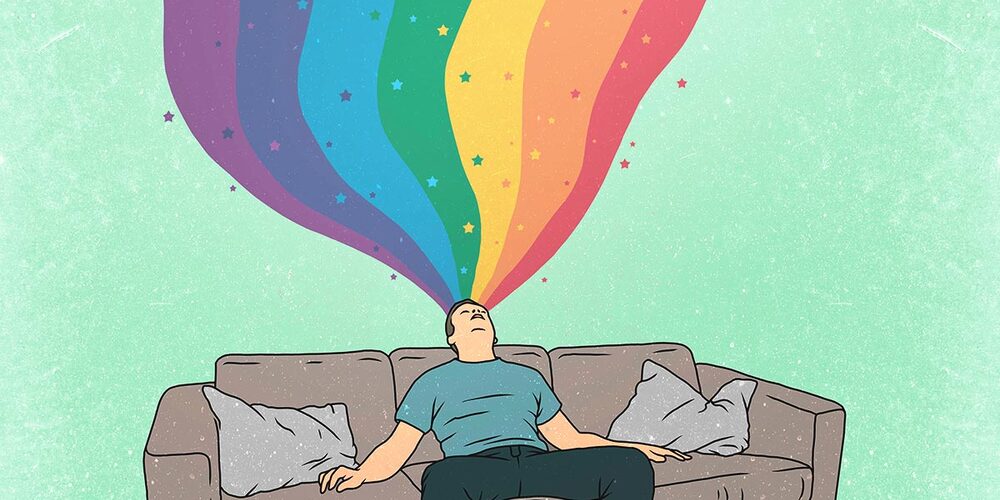Imagine that on a Friday afternoon, before leaving work to start your weekend, you are asked to solve two problems that require creative thinking. Do you:
Spend the first half of your time attempting the first problem and the second half of your time attempting the second
Alternate between the two problems at a regular, predetermined interval (e.g., switching every five minutes)
Switch between the problems at your own discretion
If you are like the hundreds of people to whom we posed this question, you would choose to switch between the two problems at your own discretion. After all, this approach offers maximum autonomy and flexibility, enabling you to change tracks from one problem to the other when you feel stuck.
But if coming up with creative answers is your goal, this approach may not be optimal. Instead, switching between the problems at a regular, predetermined interval will likely yield the best results, according to research we published in the March issue of Organizational Behavior and Human Decision Processes.
Why is it the case that switching at your own volition, the approach most participants in our study took, may not generate the most creative outcomes? Because when attempting problems that require creativity, we often reach a dead end without realizing it. We find ourselves circling around the same ineffective ideas and don’t recognize when it’s time to move on. In contrast, regularly switching back and forth between two tasks at a set interval can reset your thinking, enabling you to approach each task from fresh angles.
In an experiment, we randomly assigned participants to one of the three approaches. Participants who were instructed to continually switch back and forth between two problems at a fixed interval were significantly more likely to find the correct answer to both problems than participants who switched at their own discretion or halfway through the allotted time.
A second study focused on creative ideation. In this experiment, the problems we posed had no right answers. We wanted to find out whether the benefits of stepping away from a problem at regular intervals transferred to other types of problems warranting creativity, such as brainstorming.
We once again randomly assigned participants to one of our three task-switching approaches and asked them to generate creative ideas for two different idea generation tasks. As in the first study, most people believed that they would perform best if they switched between the two idea generation tasks at their own discretion. We again found that participants who were instructed to switch back and forth between the two idea generation tasks at a fixed interval generated the most novel ideas.
The issue with both other approaches seemed to be that people failed to recognize when rigid thinking crept in. Participants who didn’t step away from a task at regular intervals were more likely to write “new” ideas that were very similar to the last one they had written. While they might have felt that they were on a roll, the reality was that, without the breaks afforded by continual task switching, their actual progress was limited.
The creative benefits of switching tasks have been supported by other research. For example, Steven Smith and his colleagues found that individuals instructed to list items from different categories while continually switching back and forth between the categories listed more novel ideas than individuals who listed items from one category before switching to listing items from the other. In a similar vein, other studies have found that brief breaks during idea generation can increase the variety of ideas generated. These researchers’ findings, coupled with ours, suggest that the hustle and bustle of your daily work life may facilitate your creativity if it leads you to step away from a task and refresh your thinking.
When you’re working on tasks that would benefit from creative thinking, consciously insert breaks to refresh your approach. Set them at regular intervals — use a timer if you have to. When it goes off, switch tasks: Organize your reimbursement receipts, check your email, or clean your desk, and then return to the original task. If you’re hesitant to break away because you feel that you’re on a roll, be mindful that it might be a false impression. We tend to generate redundant ideas when we don’t take regular breaks; ask yourself whether your latest ideas are qualitatively different. Finally, don’t skip your lunch breaks, and don’t feel guilty about taking breaks, especially when you are feeling stuck. Doing so may actually be the best use of your time.
Source: HBR

